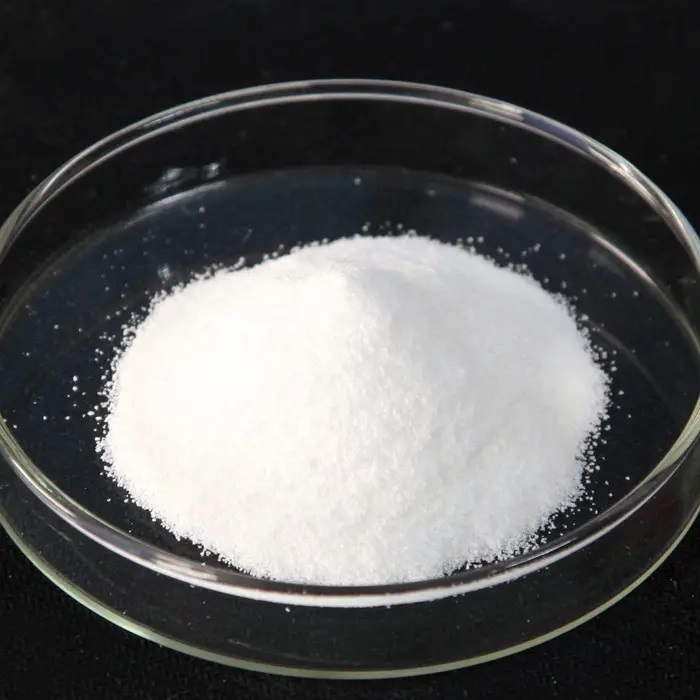The performance of polymer materials tends to deteriorate during processing, use and storage. Such as plastic yellowing, embrittlement, cracking. The rubber becomes sticky, hard, cracked, and the insulation performance decreases…. All these phenomena are called “deterioration of polymer materials” or “aging”. For polymer materials, it is very important to prevent or delay aging, maintain the original excellent performance, and stabilize the quality of the product. This is called “stabilization of polymer materials. In order to stabilize polymer materials, antioxidants are commonly used to improve the stability of polymer materials. The cause of aging must be understood.

There are many reasons for aging, but they are nothing more than two aspects: internal and external. The internal cause comes from the polymer material itself, such as the molecular structure of the polymer and other components. Some “weaknesses” in the score, etc. External factors such as sunlight exposure in the atmospheric environment, the effects of oxygen, ozone and water, the influence of climate change, the erosion of microorganisms, and the influence of heat during processing and mechanical stress during use, etc., especially the effects of oxygen, light and heat The impact is most pronounced.
When the polymer compound is subjected to ripening, light and oxidation, it often undergoes cracking and cross-linking reactions, which destroys the original structure of the polymer and causes aging. Therefore, it must Try to make polymer materials under the above circumstances, no degradation and cross-linking reaction will occur. For this reason, adding an appropriate high-temperature antioxidant to the polymer material can inhibit or delay the aging process and greatly improve the service life of the polymer material. The additives mainly used to prevent oxidative aging of polymer materials are called “antioxidants”; the additives mainly used to prevent heat aging are called “heat stabilizers”, and the additives mainly used to prevent photoaging are called “photostabilizers”. We collectively call them “stabilizing additives” or “antiaging agents”.

 微信扫一扫打赏
微信扫一扫打赏

